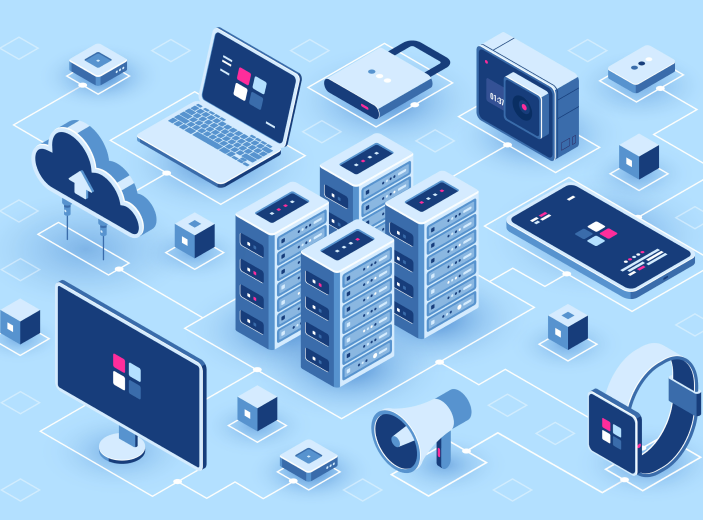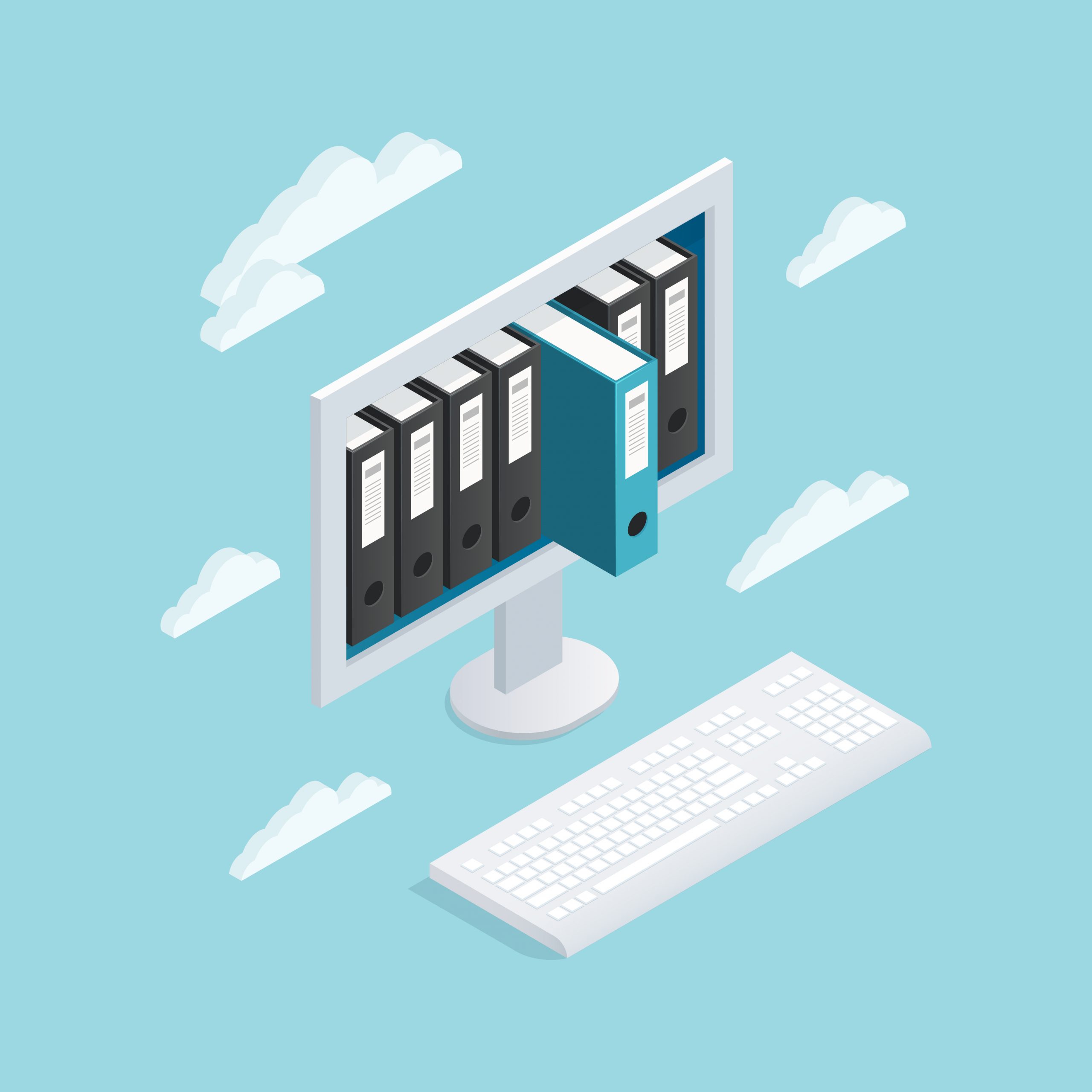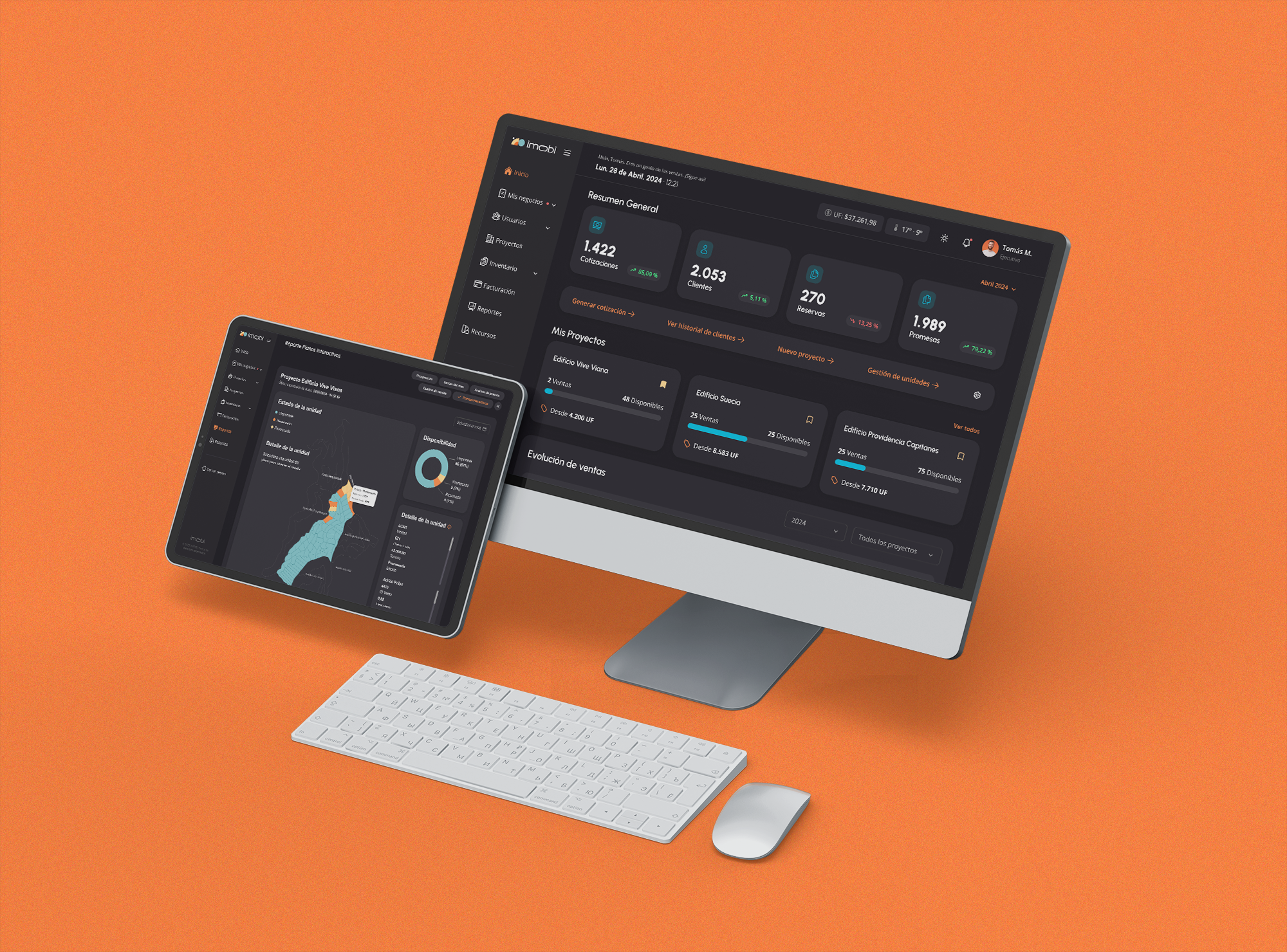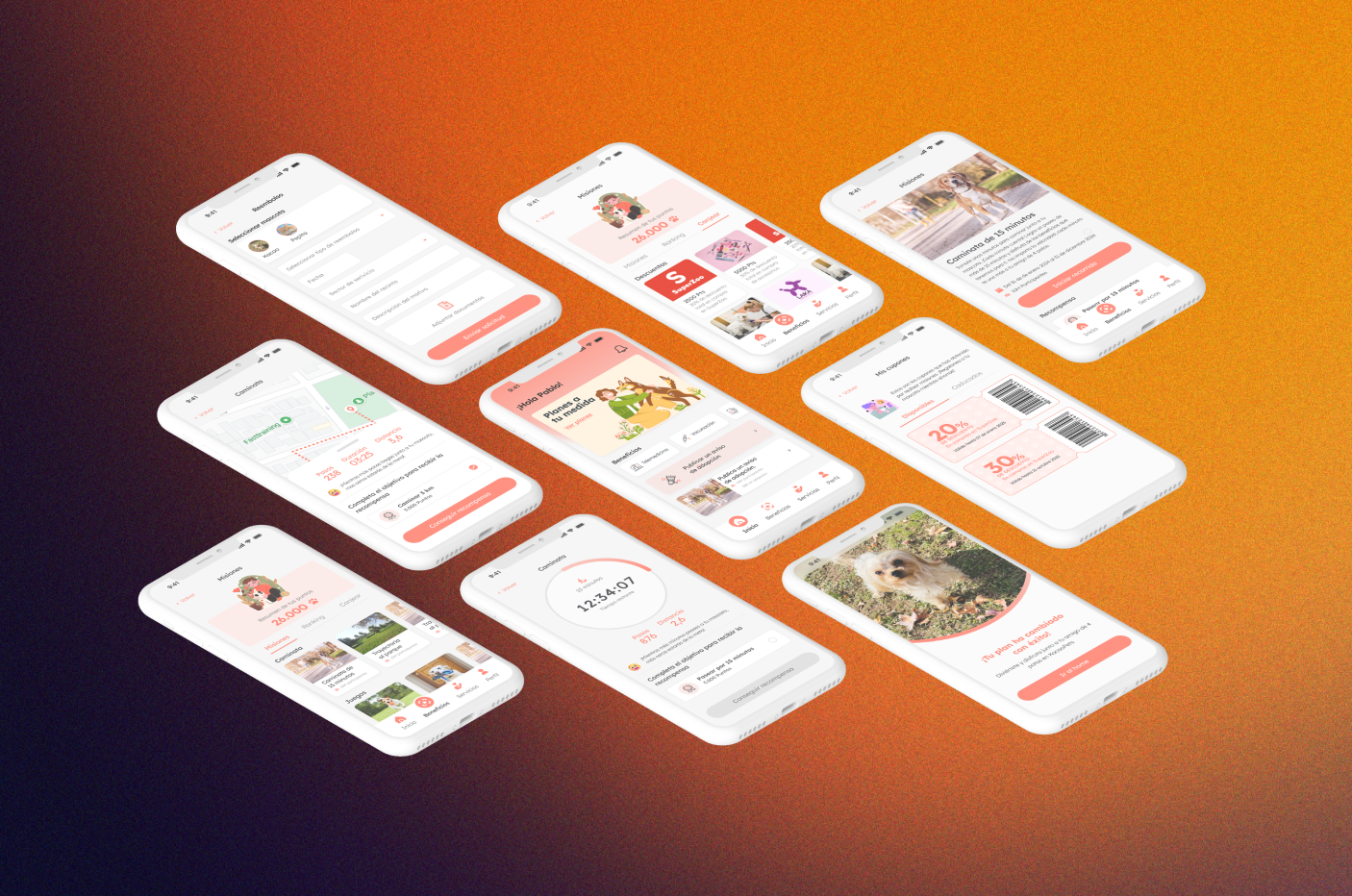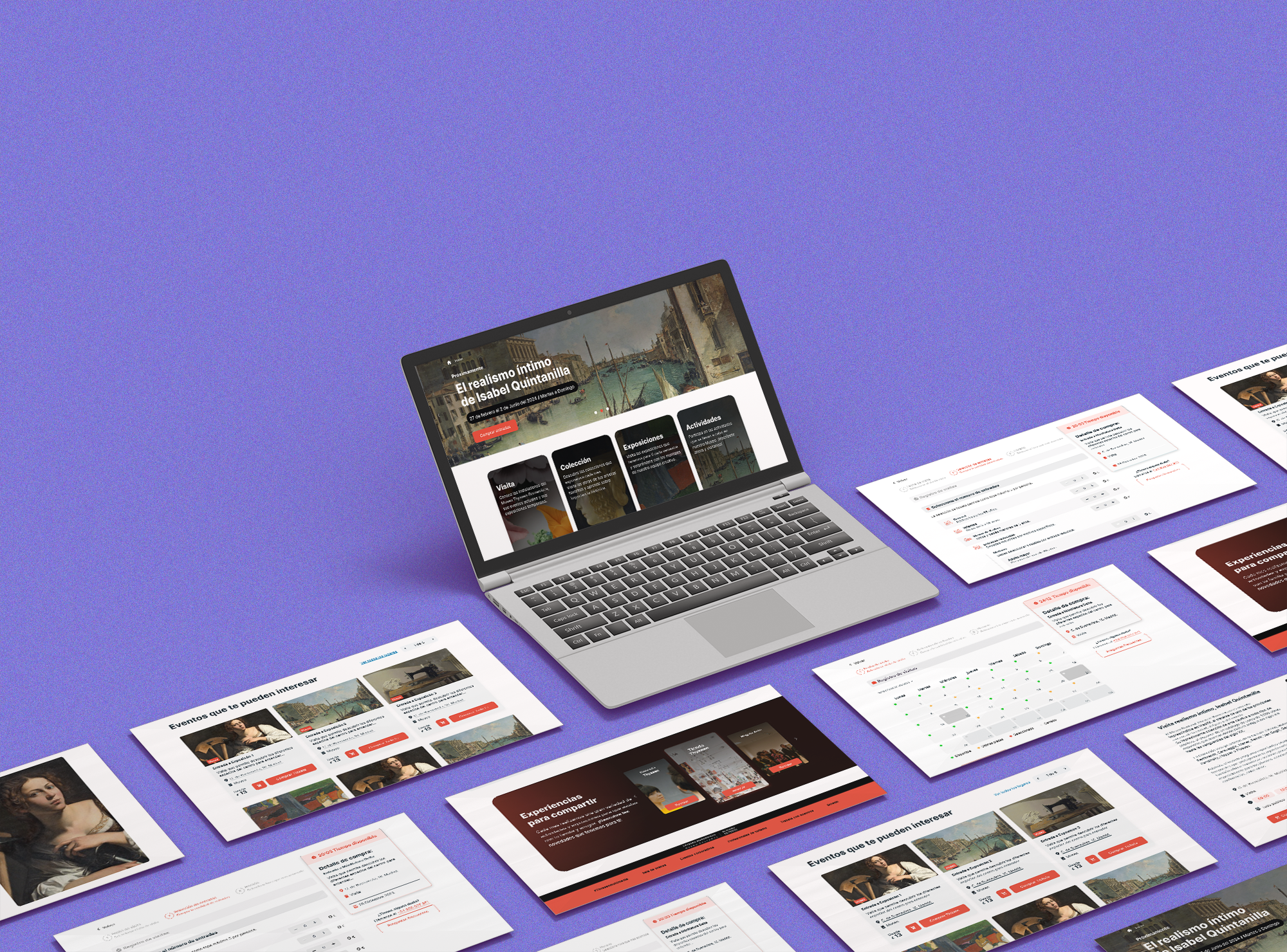Share this article
Check out the 7 most frequently asked questions about this game changer and, of course, their answers here.
Chat Generative Pretrained Transformer, or as you may know it, ChatGPT, is a chatbot and AI language tool released by OpenAI in November 2022. Sometimes, it feels like we haven’t heard about anything else since then.
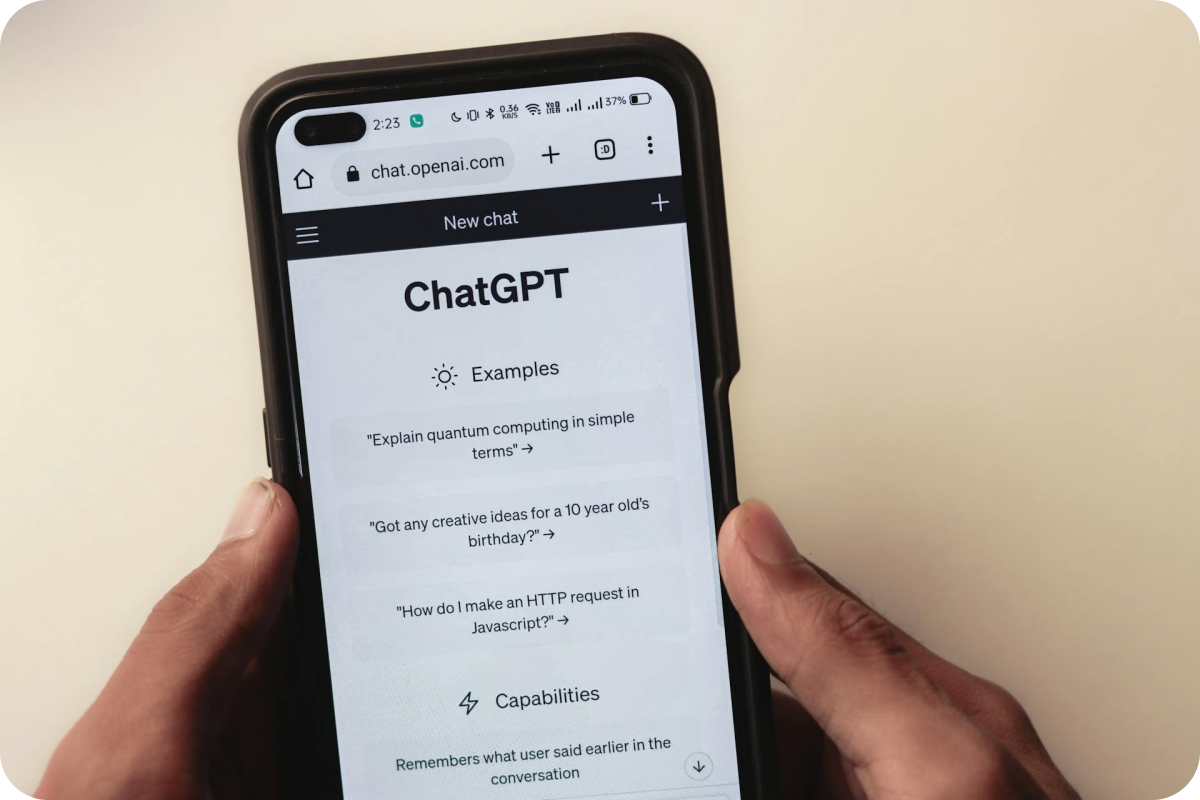
According to Gartner, here are the 7 main questions, along with their respective answers, that the global technological landscape is asking about this methodology.
But amid all the excitement – about ChatGPT in particular and artificial intelligence in general – there are many questions about what AI really is and what it can do, both for individuals and companies.
According to Gartner, these are the top 7 questions, along with their respective answers, that the global technology landscape is asking about this methodology.
Nº 1: ¿Qué papel desempeñará ChatGPT en la empresa?
ChatGPT – and other similar base models – is one of the many innovations in hyperautomation and AI. It will be part of architectural solutions that automate, augment people or machines, and autonomously execute business and IT processes. It is also likely to be used to replace, recalibrate, and redefine some of the activities and tasks included in various job roles.
Q2: What are the different ways to use ChatGPT?
ChatGPT is capable of:
- Generating and assisting in prose and code development.
- Summarizing text.
- Classifying content.
- Answering questions.
- Translating and converting languages (including programming languages).
Q3: What will be the impact on human resources?
It’s hard to say. New jobs will be created, while others will be redefined. The net change in workforce size will vary dramatically depending on the sector, location, company size, and offering, etc. However, it is clear that the use of tools like ChatGPT, hyperautomation, and other AI innovations will focus on tasks that are repetitive and high-volume, emphasizing efficiency, increased productivity, and improved quality control. ChatGPT will also be integrated into enterprise applications, facilitating its adoption, and providing relevant contextual information to the applications.
Q4: What are the current limitations of ChatGPT?
- It is only trained on data until September 2021, so it has limited knowledge of events that have occurred since then.
- It cannot cite its sources and is only as reliable as those sources, which can be incorrect and inconsistent either on their own or in how ChatGPT combines them.
- It cannot accept or generate images (although in the future, it could be used in combination with generative visual AI models).
- ChatGPT cannot be trained on proprietary knowledge bases.
- Despite giving the illusion of performing complex tasks, it lacks an understanding of underlying concepts and only makes predictions.
- Its data privacy guarantees have not yet undergone rigorous auditing.
- Despite some recent improvements, it cannot be relied upon for mathematical calculations.
Q5: How safe is ChatGPT for my teams?
Gartner is clear in recommending caution when using ChatGPT. While OpenAI and Microsoft, the companies behind the product, have stated that all shared information is confidential and private, they have not yet clarified the details of how they use data in certain areas, such as what they do with contextual information from prompts. Until there is more clarity, companies should instruct their teams using ChatGPT to treat the information they share as if they were posting it on a public website or social platform. That being said, in general, Microsoft, which has extensive experience in these matters, has been clearer and more proactive in creating security, confidentiality, and privacy policies related to ChatGPT than OpenAI.
The best advice is not to block it but to establish a corporate policy around the use of this tool. It’s likely that your collaborators are already using it, and an outright ban may lead to “shadow” usage of ChatGPT while providing the organization with a false sense of compliance.
A sensible approach is to monitor the usage and encourage innovation, but ensuring that the technology is used only to enhance internal work with properly qualified data, rather than unfiltered use with clients and partners.
Q6: What is the future of ChatGPT and generative AI in general?
“ChatGPT will move out of its beta phase and enter a pilot and early testing phase,” says Bern Elliot, Vice President and Distinguished Analyst at Gartner. “During that time, we expect its adoption to increase, best practices for usage to mature, and its implementation in workflows and corporate applications to grow. However, there may also be a negative response to several issues, such as concerns about privacy, misuse of information, and bias. This is common when a technology moves from the peak of inflated expectations to the trough of disillusionment.”
Q7: In the meantime, what measures should we take?
- Use it, but don’t overdo it We are in a very early phase, and much of what you’re hearing may be exaggerations. That being said, the potential is significant.
- Explore other emerging use cases of generative AI beyond those focused on the GPT language model..
- Encourage careful experimentation and creative thinking about workflows, but not before defining usage guidelines, ensuring an understanding of risks, issues, and best practices. Despite all its wonders, anything generated should be reviewed by humans.
- Explore existential threats and the opportunities presented, and most importantly, plan a roadmap for discovery to determine the scope of competencies, services, and investments needed.
And you, are you already using ChatGPT?
If you have any projects that need development, we are here to help: Contact us!



